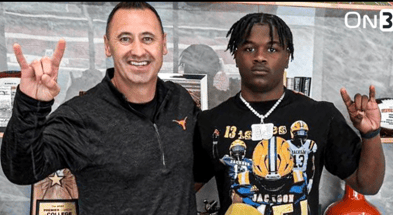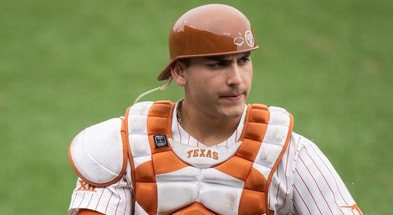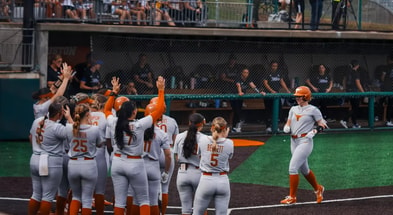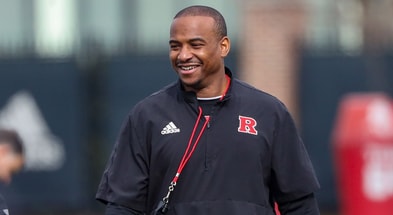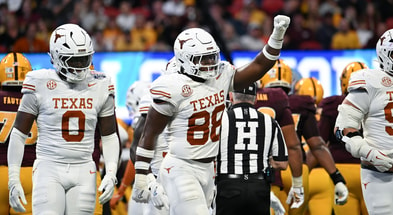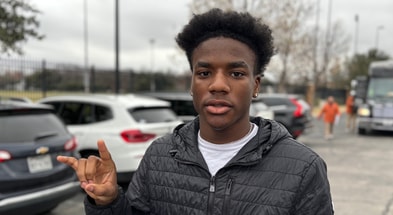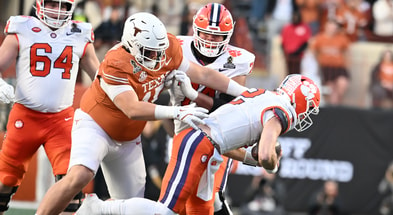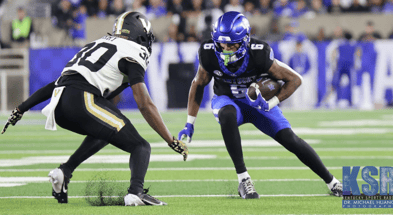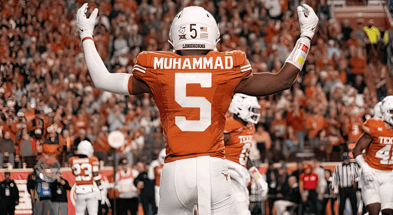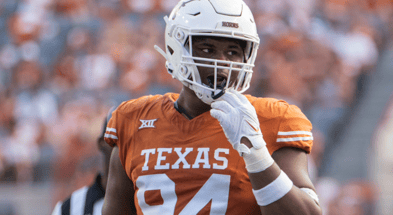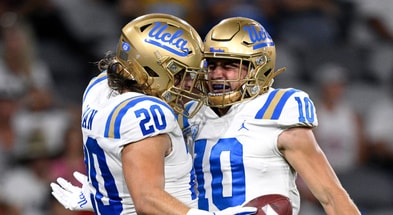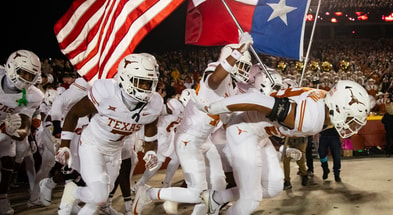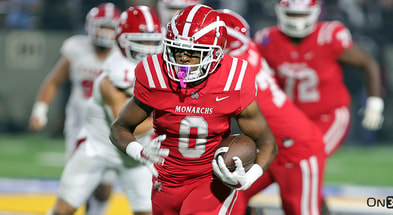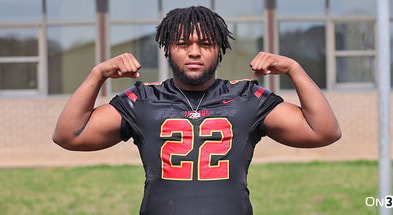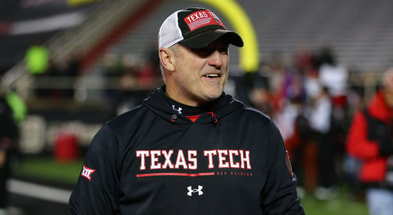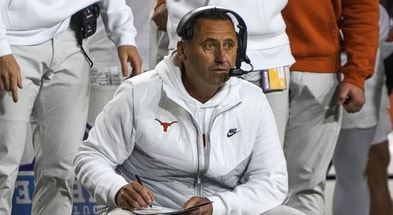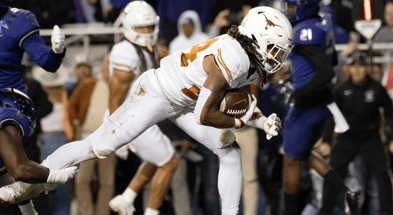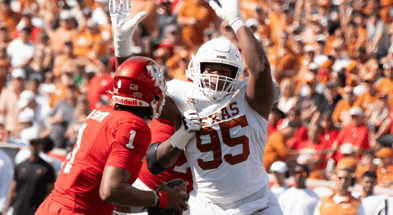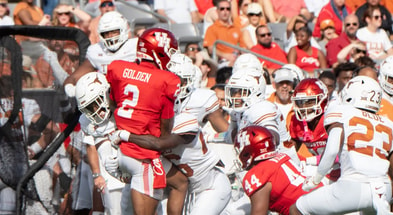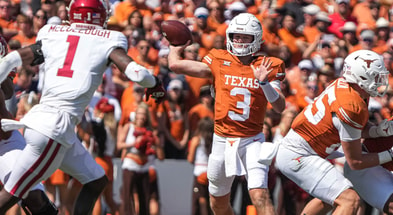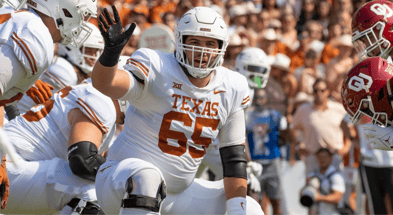Inside the Gameplan: How to beat OSU

Texas’ trip to Stillwater on Saturday morning is really the ultimate test of mastery and proficiency within its offensive and defensive identities.
The Cowboys are pretty unspectacular in any facet other than their passing game, which is very dangerous but exists in a league where that’s commonplace. However, they are very competent on defense and will test Texas’ ability to be balanced and effective with their play calls.
Stillwater is also a fairly difficult place to play, thanks to a boisterous home crowd and seating that puts them right on top of the players along the sidelines. It’s not like going into Death Valley and perhaps not even quite as fearsome as travelling to Lubbock but it’s no joke either. If you’re a rebuilding program that hasn’t beaten a good QB on the road since 2012, it’s no laughing matter to take on these Gundy Cowboys outside of OKC.
All that said, Texas is back to having its normal talent advantage in this game and there’s definitely a path to victory for these young Longhorns.
The path to victory on offense
Oklahoma State is actually pretty similar to Cal on defense in that they like to play a few different base coverages (they play a lot of single and two deep safety coverages) but they’re much better about disguising and rotating from down-to-down either to attack tendencies or to set traps.
Their boundary safety (Jordan Sterns) and nickel/space-backer (Jordan Burton) are both reliable “plus one” guys they’ll add to the box to help stop the run and their DL and LBs are all stout, reliable guys that do their job. Their defensive tackles actually have a bit of playmaking ability when shooting gaps but they can also get into trouble with their aggressiveness, as Scipio noted in his preview. If you can handle their movement and either get a double on them or turn their aggressiveness against them, they can get into trouble.
The Cowboys’ weak spot is in their three main coverage positions, which are the two cornerback spots and the field safety. While the Cowboys will rotate into a variety of different coverages, their corners (fifth-year senior Ashton Lampkin and junior Ramon Richards) are typically alone down the sidelines while their field safety (fourth-year junior Tre Flowers) is often isolated in space as well.
All of these guys are veterans with multiple seasons playing in the Big 12 but none of them are premier athletes that can be counted on to consistently win battles in space if you can find them and attack them often enough.
Baylor really struggled with this defense last weekend, by Briles standards at least, and won the game largely because of a handful of plays where they found their athletic WR corps isolated on the Cowboy cornerbacks in space and made the opportunities count. In particular, they caught the ‘Pokes with a couple of “hitch and go” routes that resulted in receivers so open that even rusty Seth Russell couldn’t miss them.
Here’s an example where the ‘Pokes ran a hitch and go from their Pro-I set (pistol alignment, two tight ends) and caught Ashton Lampkin biting on the hitch:
They later did the same to Ramon Richards on the other side with reinstated wide receiver Ishmael Zamora, who incidentally is now locked in a tough competition with Joe Mixon for the “Brian Bosworth award for most universally despised superstar.”
So the play for Texas here is obvious enough, they need to go after those cornerbacks and that safety with the quintessential “veer and shoot” RPO that can allow Buechele to read the safety rotation after the snap and then fire up a deep lob:
The boundary safety (who’s highlighted by the box) is the key here. If he drops down to stop the run then that “Z” receiver is going to be isolated on that corner for either a fade or a comeback if he can’t run past him. If the safety drops deep then Buechele will know to turn and fire either a fade or post to the slot (“Y”) because he’s going to be isolated on the free safety. OSU will almost always drop either the sam or strong safety in the box so either the boundary corner or field safety will thus almost always be isolated in space.
The Longhorn slot shouldn’t settle for a stop route in this game but look to run past Flowers.
They should also emulate last weekend’s successful veer and shoot gameplan from Baylor by mixing in some max-protection double moves early to clear out room for Foreman and Warren. After their experience in Berkeley, the Texas staff need to dial up some passes on run downs and perhaps mix in some runs when OSU is guessing pass to keep OSU defensive coordinator Glenn Spencer from reading tendencies and setting traps. He’s done real damage to Baylor in the past when he was able to get in their heads, although he had much better DBs back then (Daytawion Lowe, Justin Gilbert, and Kevin Peterson are all a class above the current crop).
Obviously the health of Shane Buechele and his ability to stand in the pocket and push the ball down the field looms very large in this game and for the rest of the year. This offense starts to come apart if you take away the ability to stress opponents with the vertical passing game, everything else flows from that threat.
The path to victory on defense
Oklahoma State has been moving to implement a more downhill approach in the running game over the last few years but have been held up in this process due to a really poor offensive line. Joe Wickline’s ability to turn 2/3-star scrappers formidable units was probably an underrated aspect to Gundy’s success.
They made double-TE formations and the run game a major part of their game plan against Baylor and ran the ball 55 times for 213 yards in that game (3.9 yards per carry) while controlling the clock for 41:27 and sustaining multiple drives. That success is just a little bit intimidating until you realize that Baylor spent the game in a 3-2-6 dime package, even against double-TE formations, and got a pair of goal line stops from their nickel (Travon Blanchard, stud) that prevented OSU from capitalizing on their chain-moving success.
Top 10
- 1New
Alan Haller
Fired as Michigan State AD
- 2Trending
Fan falls from stands
New update from Pirates game
- 3
Kentucky, St. John's
Set to play in 2025-26
- 4Hot
Bill Belichick
Netflix mocks coach, girlfriend
- 5
Bracketology
Way Too Early Tournament projection
Get the On3 Top 10 to your inbox every morning
By clicking "Subscribe to Newsletter", I agree to On3's Privacy Notice, Terms, and use of my personal information described therein.
If OSU wants to try and defend their home turf by running zone from big Pistol formations they’ll simply be inviting the wrath of He-man in the “Hager is coming…” package. If they struggled blocking 6-foot-2, 205-pound Travon Blanchard and 5-foot-8, 190-pound Pat Levels on the edge, how will they fare against Breckyn Hager, Naashon Hughes, and Malcolm Roach?
The more likely approach from OSU will be to get a 3rd receiver on the field and see if Texas can handle the task of keeping star outside receiver James Washington (25 catches, 488 yards, 3 TDs) under wraps without losing control of slot receiver Jalen McCleskey (23 catches, 224 yards, 1 TD). Replacing a TE with McCleskey would also put serious pressure on Texas if they wanted to attempt to stick with the 3-4 “Hager is coming…” package rather than subbing in a nickel.
If Texas wanted to roll with that package against the Cowboys their best bet would be to mix in lots of looks like this:
James Washington is typically lined up as the “Z” while McLeskey is the slot “Y,” Texas needs to keep someone safely over the top of Washington at all times without getting a result like “Hager on McCleskey.”
What I’ve drawn above accomplishes that by bringing a safety down to man up McLeskey while dropping the Fox (Hughes) underneath Washington and having the corner bail down the sideline to take away the deep pass. This is similar to what Texas ran against UTEP but now instead of Hughes staying in the box against the run he’s dropping back to take away passing windows.
This is how Oklahoma was able to play their 3-4 base defense against Baylor last year and successfully bracket Corey Coleman (3 catches for 51 yards in that game) while still leaving Eric Striker on the field to help control the Bears running game and rush the passer. I’m not sure the “Hager is coming…” package quite deserves the same level of scheming to leave on the field but if they want to do it this would be the way.
The key to this would be that strong safety spot ($ on the diagram) who’s dropping over McCleskey. If there was ever a week to get DeShon Elliott or Brandon Jones on the field it would be as the cover safety in a “Hager is coming…” game plan. It’d make Texas totally predictable but it’d also be simple for the players as Jones or Elliott would spend the whole game focused on covering up McCleskey.
Texas’ brand of cover 2 would also allow a bracket on Washington but would require that Hager (or Malik) drop wide and cover McCleskey (not happening). The safer path, more easily found in Texas’ existing playbook, would be to ask Hughes to help on Washington.
They could also bring in a nickel and play their normal coverages and schemes for a week and see what it might be like if they just tried to out-execute their opponents rather than out-smarting them. My greatest fear is that that they’ll roll with the 3-4 and try to be exotic with their coverages or else leave Washington on an island against a cornerback. That could potentially work if the Texas corners are up to the challenge of locking the star receiver down, but if not? OSU could put up 7-14 points on the board in a hurry before Texas could adjust.
Quotes from Sheroid Evans about James Washington being a “possession receiver” have done nothing to allay those fears.
This is a huge game for Texas; a loss would mean a return to .500 and a confidence-shattering blow to a young team that has yet to prove they can play winning ball on the road. A victory would shake that monkey off their backs and give them major momentum going into the Red River Shootout.






